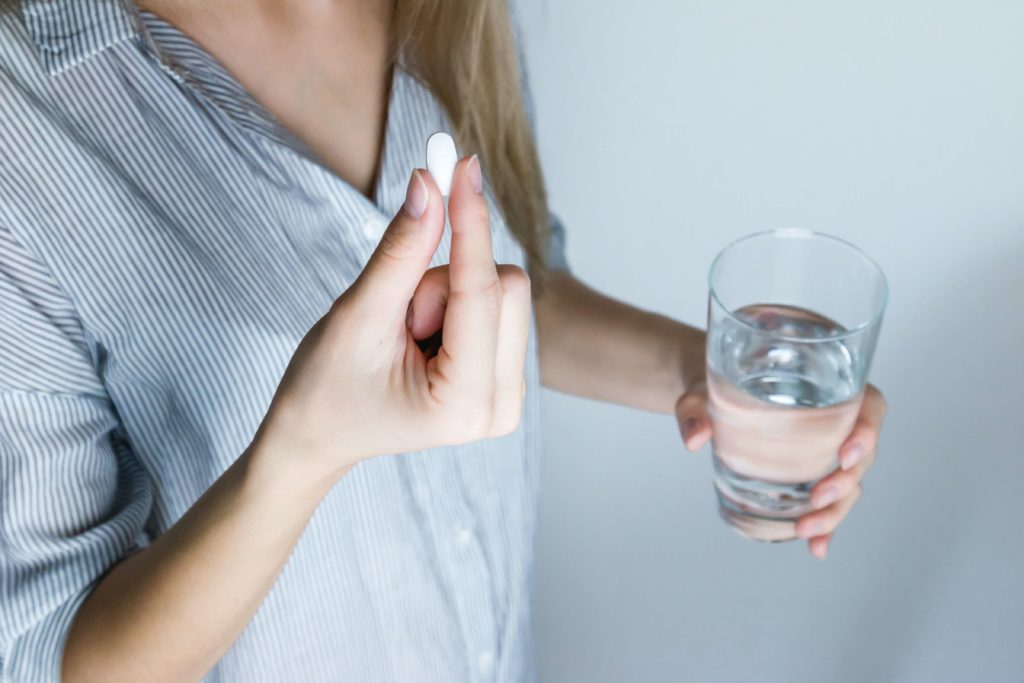
Written by Dr. Terri Widdick, PT, DPT
What do you do first when your pain starts? Are you one to take a pill? What happens when you find yourself doing that day after day? The opioid crisis is a real thing, and although you may not realize, researchers at John Hopkins University say, “it may only take only a few weeks” to become addicted. 1
Opioids fall in the same drug classification as heroin, which is why people can quickly become dependent? You may not see the harmful effects of it initially. Still, prolonged use of opioids can cause numerous health problems, affecting the respiratory, gastrointestinal, musculoskeletal, cardiovascular, immune, endocrine, and central nervous system, not to mention the psychosocial impact. 2
In 2011 alone, nearly nine years ago, they found that “half-million emergency room (ER) visits were due to opioid dependence.” 3
What if I told you that there are ways to manage your pain long term without the use of opioids?
Transcutaneous Electrical Nerve Stimulation = TENS
Transcutaneous electrical nerve stimulation therapy, more commonly referred to as TENS. It works by using electrical current to stimulate the nerves in the area of pain and interrupts their signals to the brain. Although only temporary, this is an excellent alternative to medication.
Physical Therapy. Movement. Graded Exercise.
Think of movement as “lubrication” for your joints. Rest after an injury is recommended; however, prolonged rest can lead to even more problems and pain. Without movement, the joints become stiff, the muscles around the joints become weak, which, which ultimately leads to instability, increased risk of more injury, and more pain. It may take some time to find the right routine of exercises and movements are right for you. Sometimes Google is not right about everything, and it is not always a good idea to follow cookie-cutter routines that worked for your neighbor. Everyone is different, and what worked for someone else may not benefit you.
Physical Therapists can aid in crafting the program that is right for you based on your specific needs. They use a method referred to as “graded” exercise, where the workouts will start easy, focusing on stretching, relaxation, and core stability. Once those exercises become more manageable, they will continue to advance or “grade” your program based on tolerance. Physical therapy can also help to relieve pain by using special techniques that help you to improve movement and function.
Walking is a great way to decrease your pain, but remember, just because a ½ mile feels good does not mean that two is going to feel even better. Remember to pace yourself and seek the guidance of a trained professional to help pave the way.
Meditation and Mindfulness
Once the pain has lasted over three months, it is now considered to be “chronic” and can begin to affect other areas of your life. You may find yourself sleeping less, eating more, gaining weight, having increased anxiety. It is a vicious cycle that is very difficult to break, and our brains do not help. Our brain’s primary innate function is protection from danger. Once the brain senses danger or pain, the alarm system is heightened, and cues our ‘fight or flight’ response. This response is normal and allows us to avoid placing our hand on the hot stove, but staying in this state for a prolonged period can have profound effects on our bodies, elevating stress hormones.
One way to counteract our powerful brain is through meditation and mindfulness. There are a million books and apps, but the one that I have found to be the most helpful is “head space.” It will guide you through 3-15 minutes meditation sessions to help decrease the volume of the thoughts running through our heads.
Better Sleep
Sleep is essential for allowing the body and mind to rest and recharge. There are a few essential habits that will help you get a better night’s sleep.
- Have a set bedtime and stick to it. Regularity is key. Try to keep the time you go to bed and the time you wake up the same each day, regardless of the day. If you get up at 5:00 am during the week, do not sleep until 11:00 am on the weekends.
- Have a set routine for bedtime and start that about an hour before you would like to go to sleep. Humans are creatures of habit. We automatically do things because they have been engraved in our brains through habit-forming, like brushing your teeth. By forming a good bedtime routine, it lets your body know that it time to start winding down for bed.
- Put down your electronics! Not only is this bad for your eyes, but also your mind. But before you put away your electronics, check out the app, Sleep Cycle to help you see what quality of sleep you are getting.
Still have questions? For further understanding and instruction on how to manage your pain without the use of medication, contact a specialist. CORA Physical Therapy offers an extensive list of therapist that can help you. Find a clinic in your area for a complimentary screen by visiting our locations for the CORA location nearest you.
Resources
- https://www.hopkinsmedicine.org/opioids/science-of-addiction.html
- Baldini A, Von Korff M, Lin EHB. A review of potential adverse effects of long-term opioid therapy: a practitioner’s guide. Prim Care Companion CNS Disord. 2012;14(3): PCC.11m01326.
- The DAWN Report. SAMHSA. Highlights of the 2011 Drug Abuse Warning Network (DAWN) findings on drug-related emergency department visits. http://www.samhsa.gov/data/2k13/DAWN127/sr127-DAWN-highlights.htm. Accessed May 7, 2013